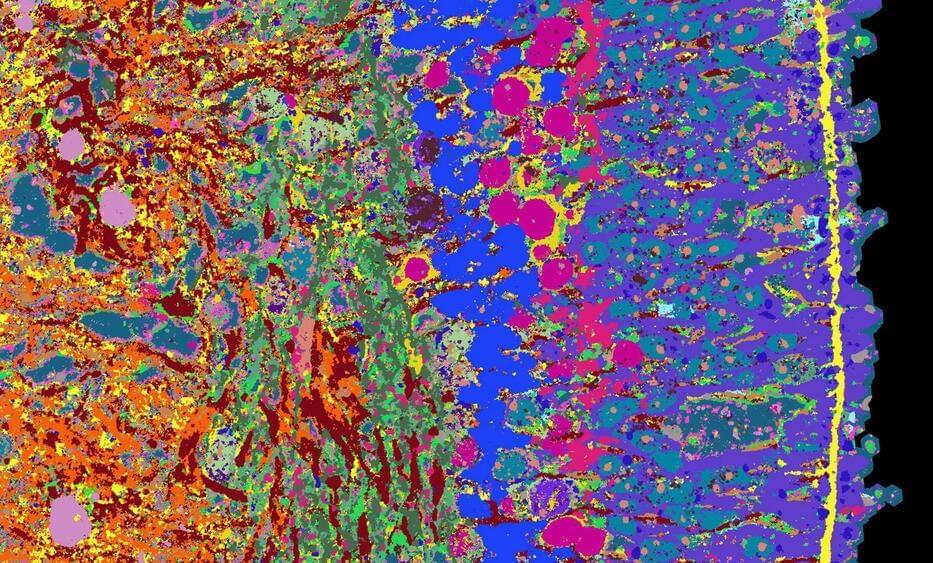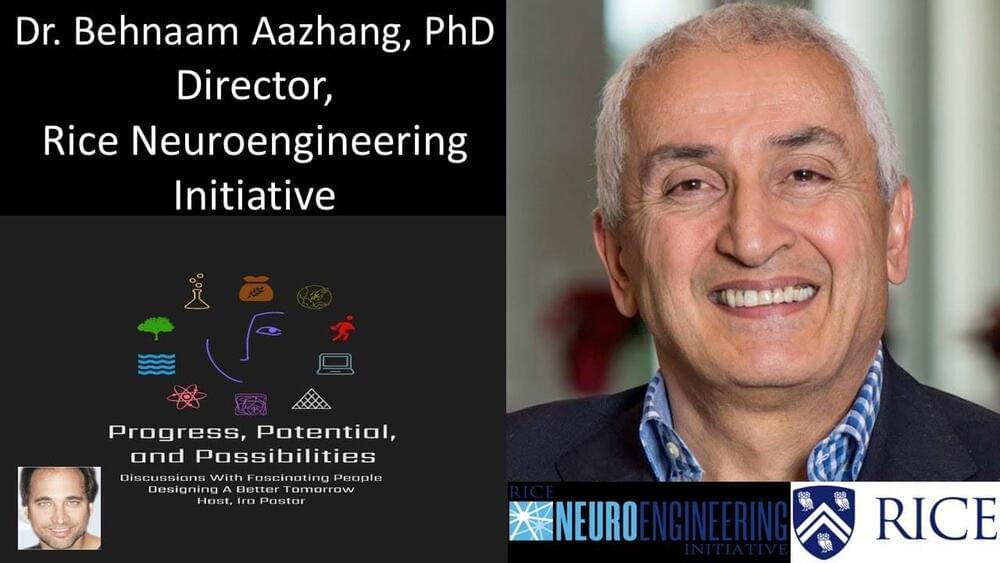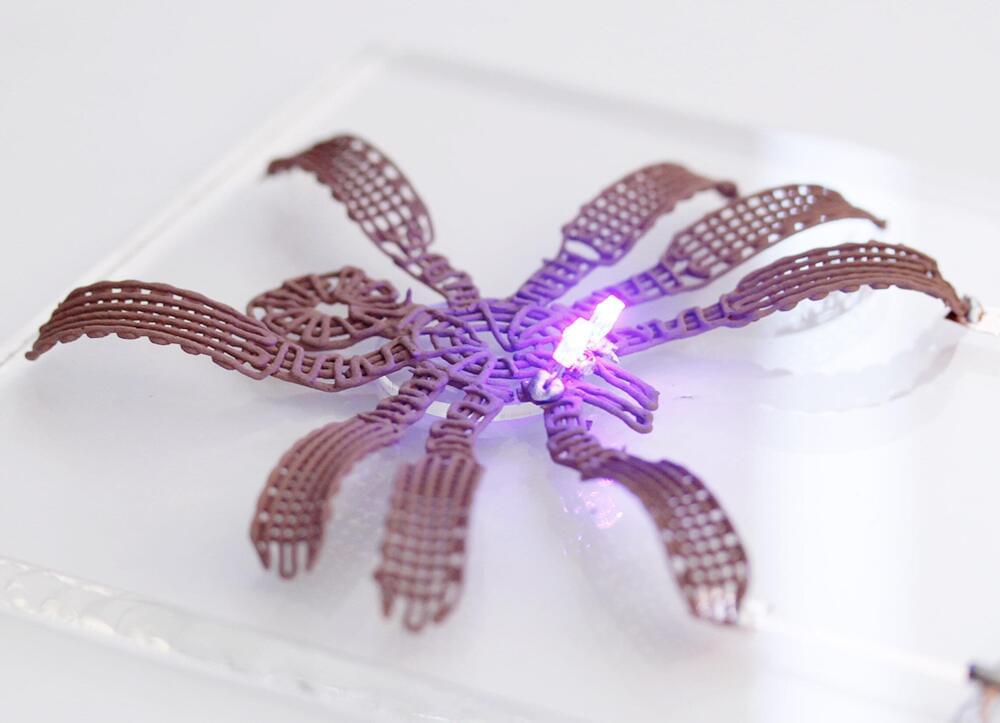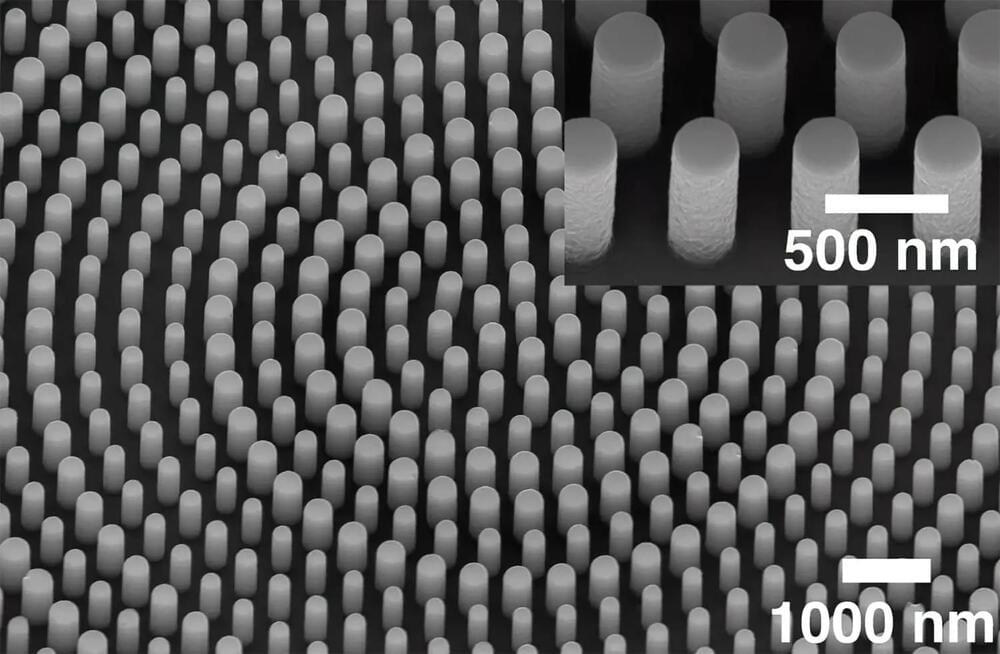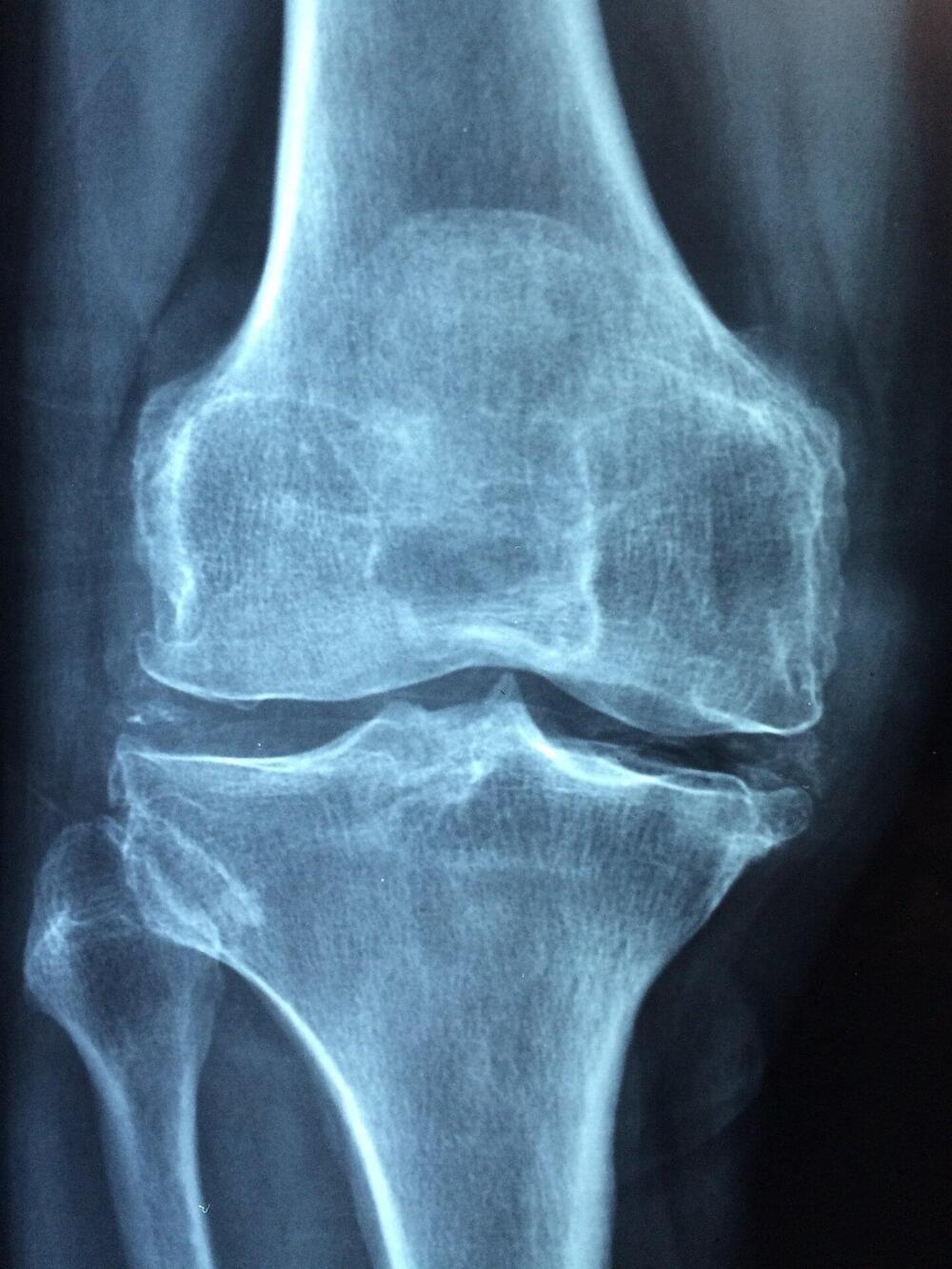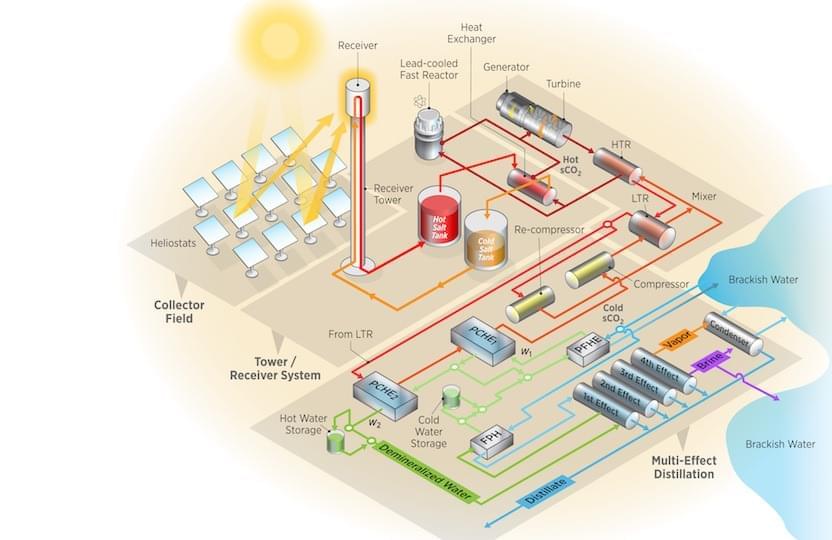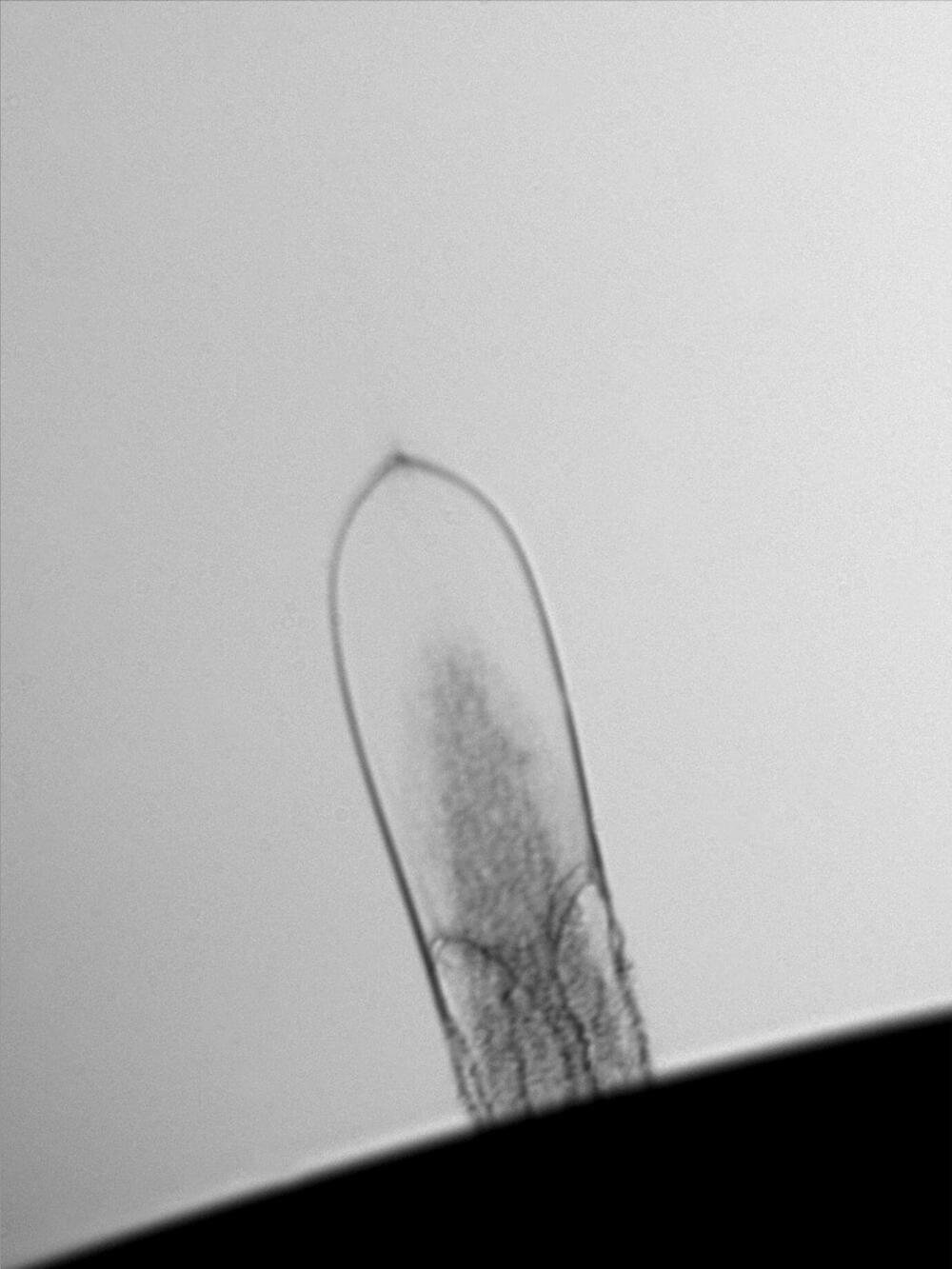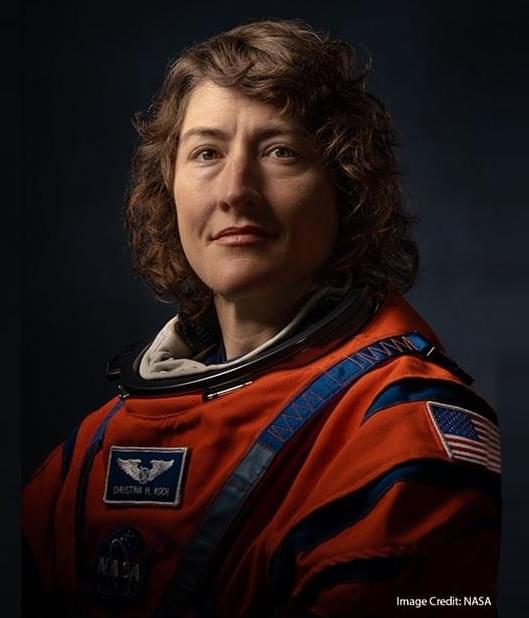Jul 8, 2023
Unraveling the Mysteries of Human Tissue: A Comprehensive Atlas
Posted by Paul Battista in categories: biotech/medical, engineering
Which types of cells can be located in various human tissues, and where? Which genes show activity in these individual cells, and which proteins can be identified within them? Detailed answers to these inquiries and more are expected to be supplied by a specialized atlas. This atlas will particularly elucidate how different tissues take shape during embryonic development and the underlying causes of diseases.
In the process of developing this atlas, the researchers have the goal to chart not just tissues directly procured from humans but also structures referred to as organoids. These are three-dimensional tissue aggregates that are grown in the lab and develop in a manner similar to human organs, albeit on a smaller scale.
“The advantage of organoids is that we can intervene in their development and test active substances on them, which allows us to learn more about healthy tissue as well as diseases,” explains Barbara Treutlein, Professor of Quantitative Developmental Biology at the Department of Biosystems Science and Engineering at ETH Zurich in Basel.
